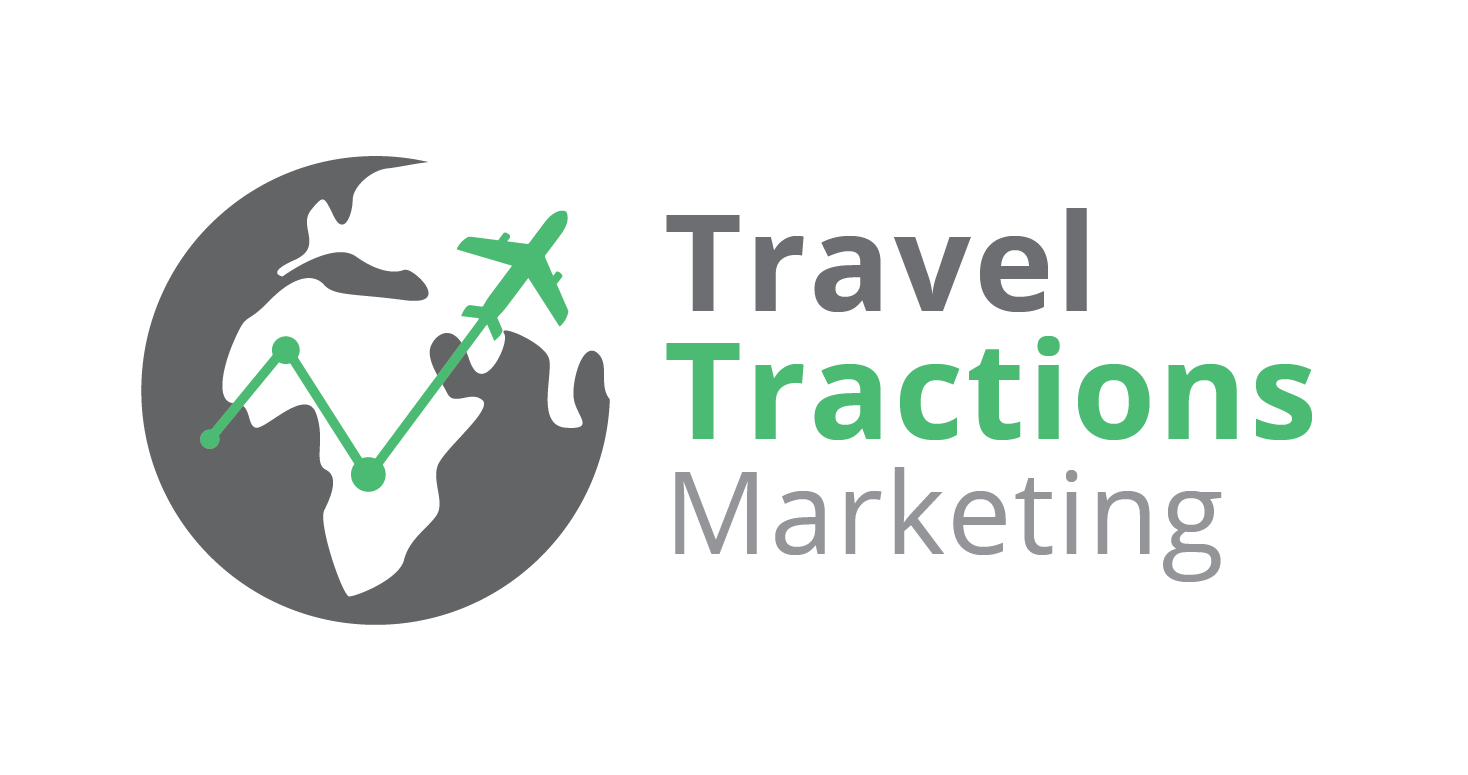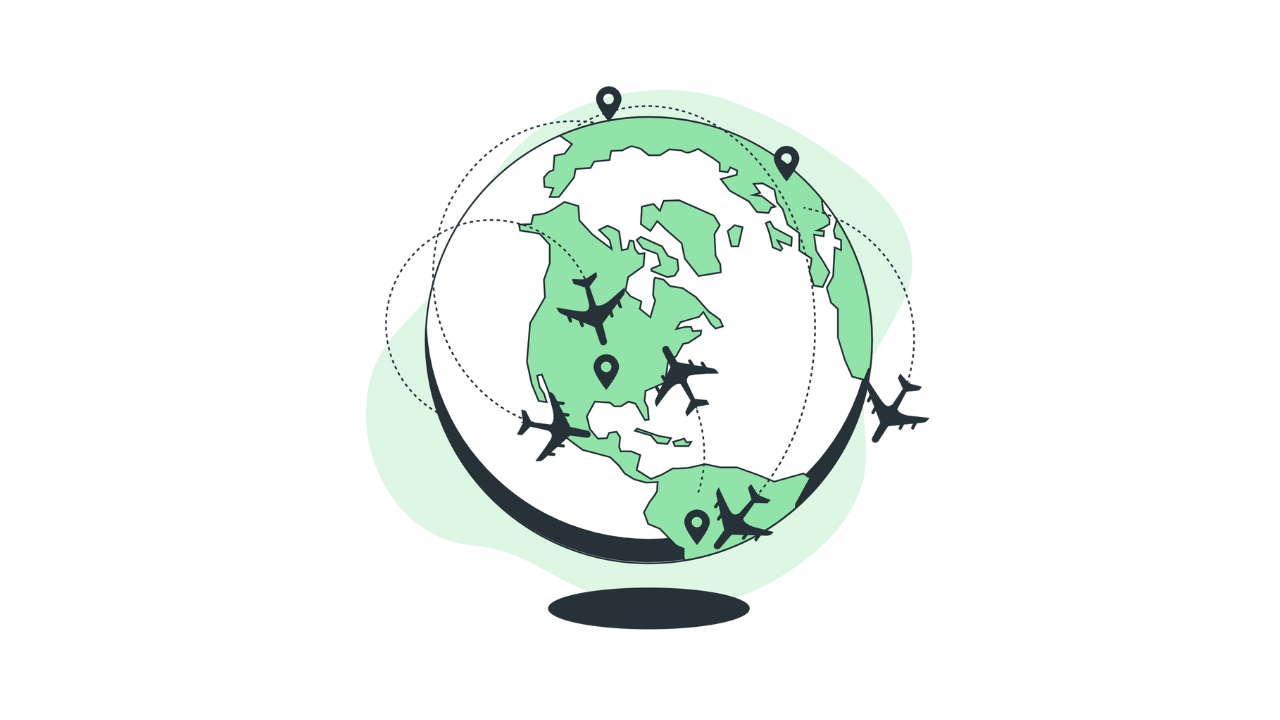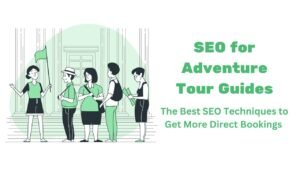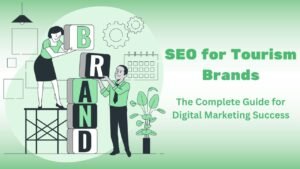
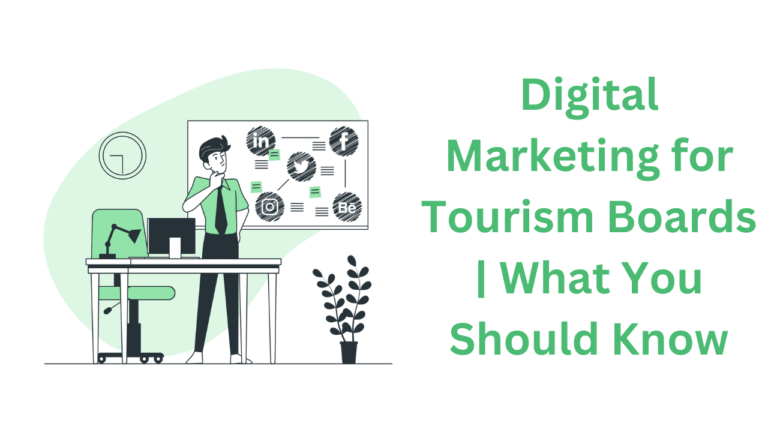
Digital Marketing for Tourism Boards & Desintations | 10 Top Tips
In today’s digital world, competition has never been more fierce, and the pace of change has never been quicker. Keeping up has become the norm, and staying ahead is the gold standard when it comes to digital marketing for tourism boards.
Tourism boards are not immune from this, and the pressure to lead the industry forward comes with its own challenges.
That said, excitement about tackling these obstacles is also at an all-time high, and tourism boards present the ideal environment for developing effective digital marketing strategies. As a result, thousands of these tactics are released almost daily. So, stick around as we delve into the best.
Digital Marketing in the Travel and Tourism Industry
Tourism and marketing have gone hand-in-hand for as long as either has existed, and this relationship is continuously evolving thanks to the digital revolution. From how travellers plan their trips to how tourism businesses market their offerings, there’s hardly an aspect left untouched.
As the industry faces unprecedented shifts, where do tourism boards find themselves?
Tourist boards have always played a vital role in driving the number of visitors to a specific region or destination. These boards also aim to improve visitors’ experience and satisfaction. Now, there are countless ways to achieve these goals, and that’s where digital marketing comes in.
What Do Tourism Boards Do?
Before diving into digital strategy, it’s crucial to define the core functions of a tourism board, often called a Destination Management Organization (DMO). A tourism board is the official promotional and strategic entity responsible for cultivating a destination’s image and driving its visitor economy. Their role extends far beyond simply advertising.
Modern tourism boards are multifaceted organizations that serve as the central hub for a destination’s entire tourism ecosystem. Their primary responsibilities include:
Destination Branding and Promotion: They craft and communicate a unique brand identity that differentiates the destination from its competitors. This involves storytelling across multiple channels to attract specific traveller profiles.
Strategic Marketing: They design and execute comprehensive marketing campaigns—increasingly digital—to reach potential visitors at every stage of the travel journey, from dreaming and planning to booking and sharing.
Industry & Stakeholder Collaboration: Tourism boards work closely with local stakeholders, including hotels, tour operators, restaurants, transport providers, and local government to ensure a cohesive and high-quality visitor experience.
Market Research and Data Analysis: They are responsible for gathering and analysing key data on visitor demographics, travel trends, market perceptions, and economic impact. This data-driven approach informs all strategic decisions.
Sustainable Tourism Development: A key responsibility in the modern era is to promote tourism that is environmentally sustainable, culturally responsible, and economically beneficial for the local community, ensuring the destination’s long-term health and appeal.
Essentially, a tourism board is the chief architect of a destination’s reputation and growth. A powerful digital marketing strategy is the primary tool they use to execute this mission.
Digital Marketing for Destinations Strategy
Digital marketing is no longer just one part of a destination’s promotional mix; it is the central nervous system that connects a DMO’s goals with the modern traveller’s behaviour. Today’s traveller journey is overwhelmingly digital, typically unfolding across five distinct stages:
Dreaming: The initial inspiration phase, often sparked by compelling content on social media (like Instagram Reels or TikTok), travel blogs, or video platforms like YouTube.
Planning: The active research phase where potential visitors use search engines like Google to find answers to specific questions: “best time to visit [destination],” “family activities in [destination],” or “sustainable hotels in [destination].”
Booking: The transactional phase where users book flights, accommodation, and tours, often comparing prices and options on OTAs (Online Travel Agencies) and direct supplier websites.
Experiencing: The in-destination phase where travellers use mobile maps, review apps, and social media to navigate and share their trip in real-time.
Sharing: The post-trip phase where they leave reviews, share photo galleries, and become digital advocates for the destination—or its detractors.
An effective digital strategy for a destination ensures you have a powerful, persuasive presence at every single one of these stages. It’s about showing up with the right message, on the right platform, at the right time. This requires a holistic approach that integrates SEO, content marketing, social media, and data analytics into a single, cohesive engine for growth.
Taking Advantage of the Digital Revolution as a Tourism Board
Having a robust digital marketing strategy is a step in the right direction. Furthermore, knowing how to adapt and integrate it into the functionalities of a tourism board is paramount to success. Is it as easy as it sounds? Well, it can be with these handpicked techniques.
SEO for Tourism Boards
For a tourism board, Search Engine Optimization (SEO) is the single most important long-term marketing investment. While social media is excellent for inspiration, SEO captures high-intent travellers actively planning a trip. When someone searches “what to do in your destination,” you need to own the results page. Being absent is a direct loss of revenue for your stakeholders.
A robust SEO strategy for a DMO is built on three core pillars:
a) Strategic Keyword Targeting
Go beyond obvious, high-competition keywords like “things to do.” Focus on the entire funnel:
- Inspirational (Top Funnel): Create content around broader themes like “best weekend getaways for couples” or “top solo travel destinations in [your country].”
- Planning (Mid Funnel): Target long-tail keywords that answer specific questions. Instead of “YourCity tours,” focus on “[YourCity] food tours for foodies,” “[YourCity] family-friendly museum guide,” or “wheelchair accessible beaches in [YourCity].”
- Booking (Bottom Funnel): While direct bookings are for stakeholders, you can capture this traffic with content like “Where to Stay in [YourCity]: A Neighbourhood Guide” or “The Best Time to Book Flights to [YourCity].”
b) Dominant On-Page and Content SEO
Your website must be a rich, authoritative resource. This means creating and optimizing pillar pages and blog content clusters around key attractions and experiences. For every major landmark, festival, or activity, you should have a comprehensive guide that is superior to anything on TripAdvisor or a random travel blog. This includes:
- High-quality, original photos and videos.
- Practical information (opening hours, ticket prices, location).
Insider tips and “hidden gems.”
Structured data (Schema markup) for events, FAQs, and attractions to earn rich snippets in Google’s search results.
c) Authoritative Local SEO and Link Building
Your DMO is the ultimate authority on your destination, and Google should see it that way.
Google Business Profile: Ensure your official Visitor Information Centre(s) have perfectly optimized Google Business Profiles.
Digital PR: Your goal is to earn backlinks (the currency of SEO) from high-authority sources.
Do this by:
- Publishing original research or data reports (e.g., “The 2025 Visitor Trends Report for [Your Destination]”).
- Partnering with travel influencers and bloggers for content collaborations.
- Distributing press releases for major events or new tourism initiatives.
- Ensuring every one of your stakeholder members links back to your official DMO site.
Showcase Captivating Creativity and Enhanced Engagement
As a whole, tourism marketing demands untethered creativity to guide travellers through a labyrinth of online distractions. In today’s digital landscape, imaginative and innovative advertising campaigns hold the power to capture attention and build relationships.
Tourist boards can leverage their creativity to engage potential travellers through high-quality content, ultimately elevating a destination’s charm and desirability. But that only scratches the surface. With the meteoric rise of social media, utilising new and fresh creative ideas opens up the horizon to reach untapped markets and customers.
Read More: Storytelling in Digital Marketing for Travel Websites
Embrace Personalisation and User-Generated Content
Emerging as another successful tactic tourist boards can employ to drive conversion rates, personalisation has become the key to successful digital marketing. Remember that the amount of noise and clutter online and on social media is seemingly never-ending.
This oversaturation, though, clearly indicates how crucial personalisation is online. Potential travellers want to see content and services that speak to them directly in a way they associate with. Tourist boards have access to user data that can be leveraged to tailor immersive experiences and helpful information on a scale not seen before.
Personalisation, however, isn’t defined, and user-generated content is another invaluable treasure trove that showcases individualistic insights into how your audience communicates and presents themselves. It’s no secret that travellers love sharing their adventures, and encouraging them to do so is a simple yet clever tactic to promote your travel destination.
Collaborate with Influencers
Influencers have taken the digital marketing landscape by storm, and for a long time, only big-name businesses ventured into influencer marketing. However, the days when only a handful of influencers were on the scene are gone, and with this influx, boards can easily tap into fresh talent.
Collaborating with influencers is an excellent way to reach new audiences, build awareness, and drive website traffic to various channels. This unlocks many benefits, and identifying influencers that align with your vision can positively impact your destination.
Create an Inclusive Online Environment
Digital marketing in the travel industry thrives in the absence of isolation, much like the travellers it serves. After all, with social media’s impact, the world has never had more ways to build a global community.
Even on a smaller scale, community building through shared experiences is ideal for tourism boards looking to expand. Creating this environment can start with something as simple as offering multiple languages within your region or promoting user-generated content aligned with your audience.
Keep Up and Stay Ahead of Destination Marketing
Tourism boards function to promote a set destination and its various offerings, which is at the core of destination marketing. Launching a successful digital destination marketing campaign today, however, does require some finesse.
These are some of the most trusted techniques to consider:
- Find what makes you unique: Marketing a destination to attract tourists relies heavily on what makes it special, and creating your campaign around your unique selling points is crucial.
- Identify a traveller demographic: Any marketing campaign will succeed when you have a specific audience in mind, and destination marketing is no different. Reaching too broad a demographic can run the risk of diluted or vague content, making your efforts pointless.
- Make it personal: This speaks for itself, but if you want to market one or several destinations, the most effective technique you can employ is authentic personal stories that highlight the attractions and services of your location.
- Recognise trends, but think long-term: Travel trends heavily affect destination popularity. While acknowledging these trends is vital, it’s wise not to put all your eggs in one basket and keep long-term planning in mind.
Integrate and Partner with Online Travel Agencies
The surge of online travel agencies (OTAs) has been increasing. These platforms offer travellers unparalleled convenience while driving revenue. These OTAs simplify travel, and their websites serve as a one-stop shop for all travellers’ needs.
Travel boards and intermediaries that partner with these OTAs and integrate them into digital marketing strategies have proven success rates. This is due to various reasons, such as promoting enhanced listings, featured placements, and access promotional opportunities.
Social Media Marketing Campaigns Are a Gold Mine
By now, it’s no surprise that social media holds many benefits for tourist boards that are prepared to invest and evolve. The various platforms have proven that they have the power to influence individuals’ travel plans and decisions. Having a fleshed-out social media marketing strategy has become a necessity.
These campaigns are the perfect medium to create hype, spread the word, and improve engagement by interacting with travellers in unique ways. The reward? An increased chance of capturing more leads and stimulating conversion rates for travel businesses in your region.
Prioritse Video Content
It’s safe to say that video content has become king in digital marketing, especially over the past few years, and the tourism industry has been at the forefront ever since. With an increasing amount of people relying on videos to help them decide where to go, this tactic offers a dynamic way to put your destination on display.
Above and beyond this, videos can be shared across multiple platforms, including social media, YouTube, and your website. Committing to video content as a tourist board is an excellent strategy, and options include high-quality drone footage, virtual reality tours, and short-form videos.
FAQs About Digital Marketing for Tourism Boards
There might still be a few lingering questions about digital marketing and its impact on tourist boards. Below are answers to the most popular.
What Is the Best Marketing Strategy for a Travel Agency?
There are hundreds of potential answers to this, but these are some of the most trusted:
- Use social media creatively
- Add personalisation to your email marketing
- Invest in blogging and content marketing
- Try influencer marketing and virtual reality
- Create loyalty programs
- Commit to online ads and remarketing
- Get involved with podcasts
How Do You Promote a Tourism Business?
Similar to the best strategies out there, there are various methods that resonate with tourism businesses looking to promote themselves. These include:
- Optimise your website and meet SEO best practices.
- Don’t shy away from focusing on mobile marketing and promotion.
- Live video marketing is an easy way to showcase destination highlights.
- Tap into the power of reviews and use them to your advantage.
- Blog. Blog.
Final Thoughts on Digital Marketing for Tourism Boards
And that, folks, is what you need to know about digital marketing and the ways it can benefit and innovate tourism boards. Amongst the many takeaways from the strategies listed, it’s important to remember that some will stick and others won’t. Finding what works for you is the next step, so get going.
Read Next: How to work with travel influencers? Learn everything you need for the year to come.

